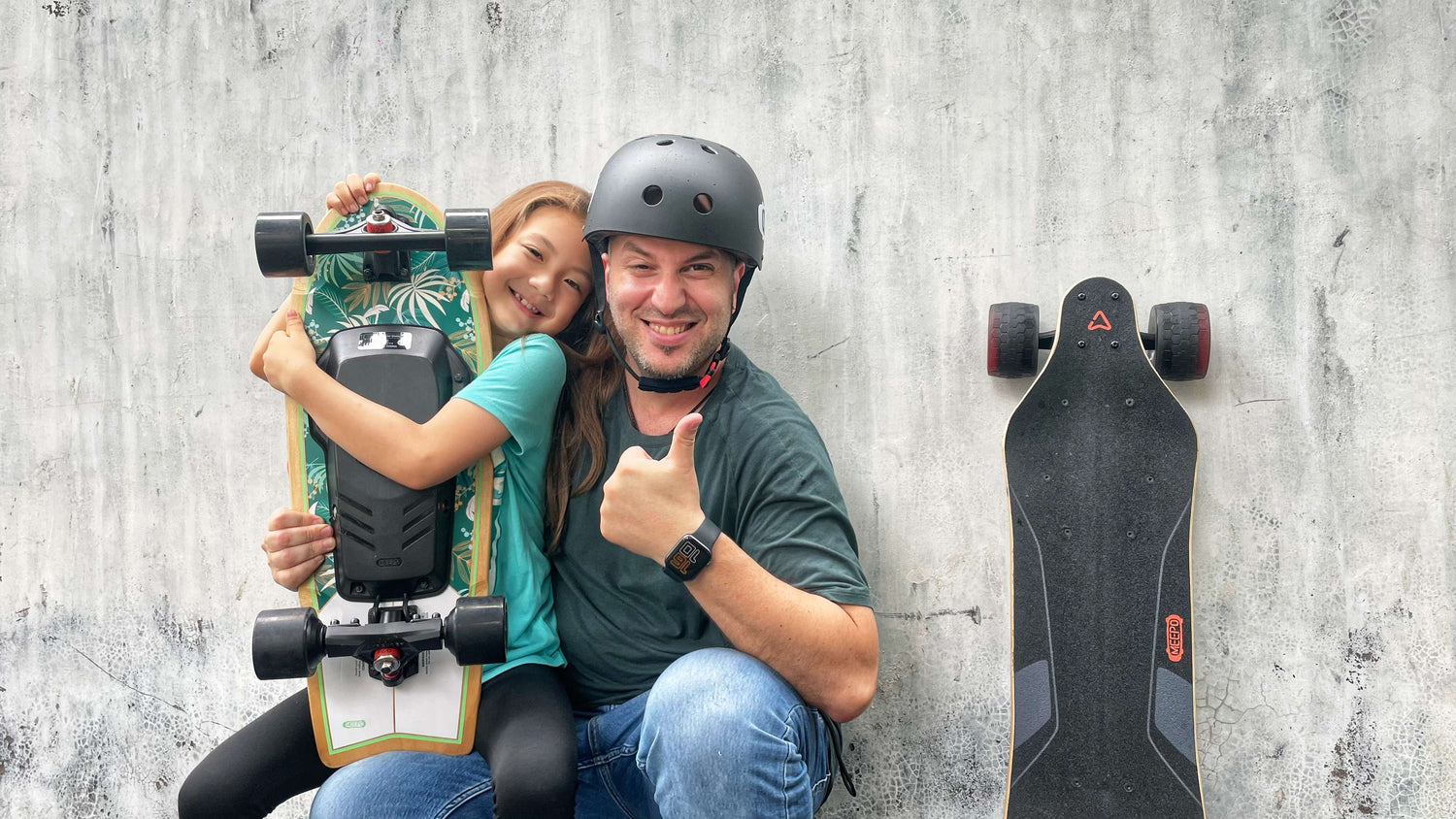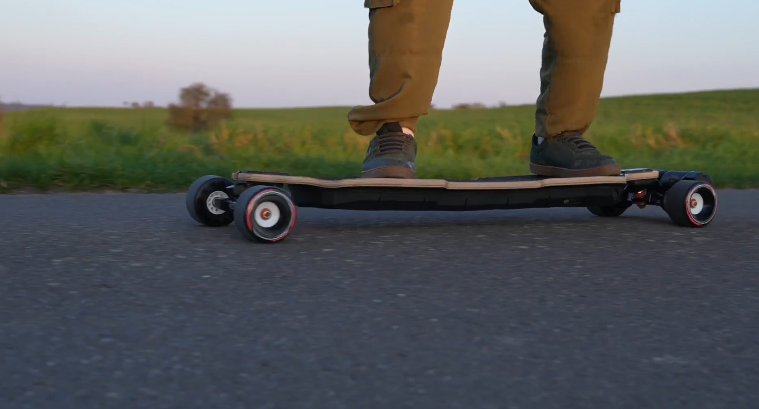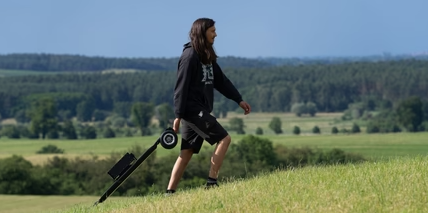Children and teenagers are embracing electric skateboards more often than ever since they're an entertaining and engaging mode of transportation. But there are serious safety risks associated with this new mode of transportation that parents should be aware of. With the help of this advice, you should be able to make sure that your children have a safe and enjoyable time when using their electric skateboards.
Evaluate Your Children's Age and Skill
Electric skateboards appeal to teenager's need for speed and adventure. Although they give a feeling of freedom and are frequently used for travel or leisure, it's important to determine if your kids are ready for this kind of transportation. In general, kids aged ten years old and over are better suited for electric skateboarding, especially if they have some prior skateboarding skills. Younger kids might not have the balance and coordination needed, which increases their risk of accidents.

When choosing an electric skateboard for teenagers, parents should consider various factors to ensure safety and suitability. You can refer to these selection criteria:
- Age and weight: When choosing, you should ensure that the maximum weight of the skateboard meets the weight requirements of the teenager. Generally, the maximum weight of skateboards over 8 years old is around 50 kg, while skateboards over 14 years old can support more than 70 kg.
- Speed and power: The speed of a youth skateboard should be moderate, usually between 15-20 miles per hour (about 24-32 kilometers per hour). Excessive speeds can increase the risk of accidents, so it’s wise to choose a skateboard with an appropriate speed limit
- Simplified Controls: Beginner skateboards may offer more straightforward handling, making it easier for teens to learn how to start, stop, and adjust speed without feeling overwhelmed.
- Smaller Deck: Mini electric skateboards have shorter decks, making them easier for children to maneuver as they are more proportionate to their smaller stature and lighter weight.
- Lower Weight Threshold: These skateboards are often lighter and designed for lighter riders, ensuring the motor is not too powerful for a child’s weight, which could cause the skateboard to accelerate too quickly to safely maneuver.
- Enhanced Stability: Electric skateboards should be designed to be easy to maneuver, especially for beginners. Choosing a skateboard with a wider pedal and a lower center of gravity can improve stability and reduce the risk of falls.
For those who are younger or new to skateboarding, choosing an electric skateboard suitable for beginners or mini models may be a wise choice.

Put on Essential Safety Gear
Ensuring your child wears the proper safety gear is one of the best methods to reduce danger. Protective gear can drastically lower the risk of harm from falls or collisions if they are used properly. Here are some suggested safety equipment:
- Helmets: A helmet is a must when it comes to electric skateboarding. It should fit comfortably, without being too tight, and shield the head from serious injury.
- Knee Pads: Since the knees are frequently the initial point of impact during a fall, knee pads are essential for preventing injuries to the knees.
- Elbow Pads: They provide a similar function by shielding the elbows from bumps and bruises.
- Wrist Guards: If a rider tries to break a fall, their wrists could easily get hurt. That's why wrist guards are so important.
- Closed-Toe Shoes: These shoes are perfect for riding since they provide superior foot protection and traction over sandals or flip-flops.
When selecting safety equipment, make sure it fits your child correctly and complies with safety regulations. You'd better have your child involved in the selection process to ensure they are comfortable wearing the gear.
Designate Safe Riding Areas
As a parent, it's your job to help your kids pick safe spots that make their riding time more fun and less risky. Go for spots like parks, bike paths, and wide sidewalks instead of crowded streets.
- Parks: These are great because they usually have nice paths and open areas where kids can ride around without stressing about cars coming at them.
- Bike Paths: Made just for cyclists and skateboarders, bike paths feature clear signs and marked areas to keep them away from cars and other vehicles.
- Wide Sidewalks: If you're thinking about riding on sidewalks, make sure they're roomy enough for both pedestrians and skateboarders to hang out safely.
All in all, just make sure to let your kid ride in those traffic-free areas where they can have fun and practice without worrying about cars.

Teach Safe E-Skateboard Riding Techniques
Before your kid hops on their skateboard, make sure they know the basic riding skills:
- Starting and Stopping: Show your kid how to get the skateboard moving and how to brake, making sure they know how to start and stop safely. Being able to manage speed well is super important to keep them safe.
- Turning and Maneuvering: Practice your turning techniques in some open areas. Your kid should get the hang of shifting their weight to steer the board better.
- Maintain Balance: Balance is critical in skateboarding. Get your kid to just chill on the skateboard and practice standing still for a bit to build up their confidence before they attempt to ride it.
Foster Responsible Riding Habits of Electric Skateboards
Teach your kid to respect pedestrians and other riders. They should always let others go first and be polite on the paths we all share.
- No Crazy Behaviors or Wild Stunts: Set clear rules against reckless behavior and stunts. It might be fun to show off, but doing so can greatly increase the chances of accidents happening.
- Stick to Speed Limits: It's super important to follow speed limits, especially in busy places. Going too fast can truly throw you off and get you into some sketchy situations.
- Keep an Eye on What's Around You: Teach your child to always be vigilant, looking out for pedestrians, cyclists, and vehicles. They should also keep an eye out for road hazards like potholes, cracks, and debris.
Check Local Laws for Riding Electric Skateboards
Teach your kid about the local rules for riding electric skateboards. Some places have their own age limits, speed rules, and spots where you can ride.
- Age Restrictions: In some places, riders need to be at least 14, but other areas might let younger kids ride if they're wearing safety gear or have an adult keeping an eye on them.
- Speed Limits: Local rules might set speed limits for electric skateboards, especially in public spaces. In some cities, such as California, you can't ride electric skateboards faster than 15mph on public property.
- Designated Riding Areas: Some spots only allow electric skateboarding in certain places, like bike paths or parks. Others may have zones where riding is completely prohibited.

Prepare for E-Skateboarding Risks
Just like any other sport or fun activity, e-skateboarding can come with a lot of accidents and injuries if you don't take safety seriously. Check out these tips to keep the risk minimal:
- Discuss Potential Accidents and Injuries: Have an open chat with your kid about the risks that come with electric skateboarding. Keep it real about possible accidents and injuries, and highlight how crucial safety precautions are.
- Learn First-Aid Basics: Get to know some of the usual skateboarding injuries for you and your kid, like scrapes, bruises, and sprains. Make sure you've got a good first-aid kit ready at home and when you're out. You'll want to have some band-aids, antiseptic wipes, gauze, and pain relievers on hand.
- Develop a Plan for Emergencies: Make an emergency plan with your kid. Make sure they know who to reach out to if something goes wrong and how to get help. Keep important phone numbers readily accessible.
Supervise and Maintain Your Child's Electric Skateboard
Electric skateboards need some regular upkeep to keep them running safely. Parents should take an active role in supervising your child's skateboard maintenance. Make a plan for regular check-ups and remind your kid to let you know if they see anything off right away.
- Check out Wheels and Trucks: Take a look at the wheels for any signs of wear and tear, and confirm that the trucks are nice and secure. Loose parts can make it tough to keep control while riding.
- Take a Look at Battery Health: Check the battery now and then for any signs of damage or swelling. A battery that's not working right can be a safety concern and might mess with how things perform.
- Make Sure the Brakes Are Working Right: Check the brakes regularly. Good brakes are super important for stopping safely and dodging accidents.
Encourage Safe Electric Skateboarding for Your Children
So, while electric skateboards can be super fun for kids, it's really important to keep safety in mind. Make sure your kid has the right safety gear, show them some basic riding skills, and help them develop good riding habits. Set solid boundaries, keep your skateboard in good shape, and be ready for the unexpected. If you follow these steps, your kid can have a blast on their rides while staying safe!



